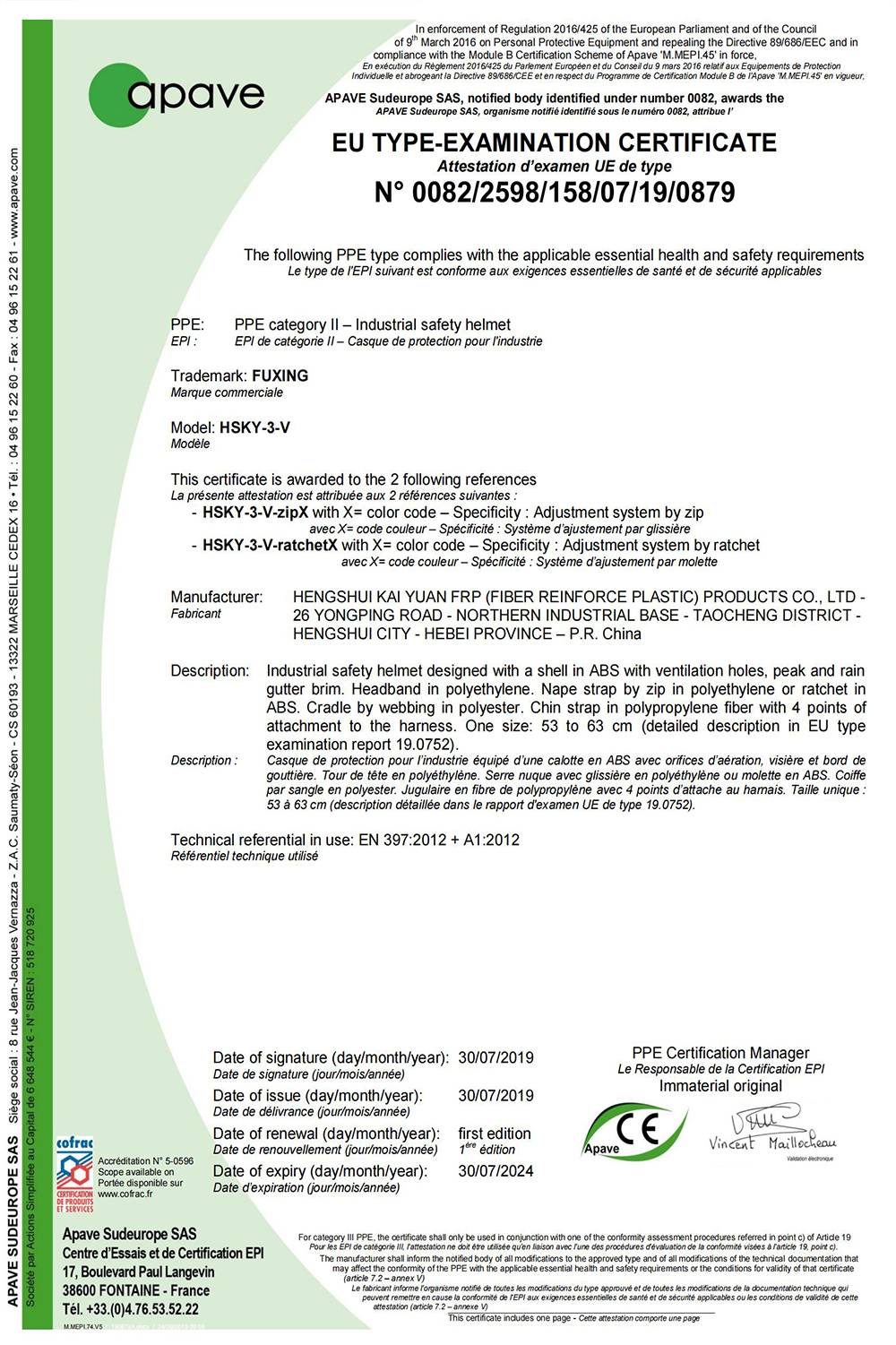Essential Safety Gear for Linemen Ensuring Protection and Comfort on the Job Site
The Importance of Best Lineman Safety Clothing
Lineman safety clothing is an essential aspect of ensuring the well-being of workers in the challenging environments where they operate. Linemen are responsible for installing, maintaining, and repairing utility lines, often while working at significant heights or in hazardous weather conditions. Because of this, the selection of appropriate safety clothing is critical to protect these professionals from various risks. In this article, we will explore the key features of the best lineman safety clothing and why it is vital for the safety and performance of linemen.
1. Electrical Safety
One of the primary hazards linemen face is the risk of electrical shock. Therefore, any safety clothing designed for linemen must be rated for electrical safety. This includes materials that are flame-resistant (FR) and arc-rated (AR). Flame-resistant clothing is made from materials that do not ignite easily and can self-extinguish, reducing the risk of severe burns. Linemen should choose garments compliant with the National Fire Protection Association (NFPA) standards to ensure adequate protection against electrical hazards.
Lineman work involves strenuous activity, including climbing poles and maneuvering equipment. Therefore, safety clothing must be durable enough to withstand the wear and tear of everyday tasks while also being comfortable for long hours of use. Look for materials that are breathable yet robust, such as high-quality polyester blends. Clothing that features reinforced stitching and durable hardware will last longer and provide better protection. Additionally, ergonomic designs can enhance mobility, allowing linemen to perform their duties without unnecessary hindrance.
3. Visibility
best lineman safety clothing

Visibility is another critical component of lineman safety clothing. Linemen often work near or on busy roadways, making it essential that they are easily seen by motorists and others in the area. High-visibility clothing, often featuring bright colors and reflective strips, ensures that linemen can be seen in low-light conditions or during inclement weather. This feature greatly reduces the risk of accidents and injuries on-site.
4. Weather Resistance
Linememen frequently work outdoors in various weather conditions. Therefore, their clothing should also provide protection against the elements. Waterproof jackets, insulated layers, and breathable fabrics help keep linemen dry and comfortable during rain or extreme temperatures. Layered clothing systems allow workers to adjust their attire according to changing weather conditions, helping to maintain optimal body temperature and comfort.
5. Additional Protective Gear
While clothing is crucial, it’s important to remember that linemen should also use appropriate accessories as part of their safety gear. Hard hats, gloves, and appropriate footwear are just as vital as the clothing they wear. Gloves must provide both dexterity and electrical protection, while footwear should have slip-resistant soles and provide ankle support to reduce the risk of falls.
Conclusion
The best lineman safety clothing incorporates several essential features electrical safety ratings, durability, comfort, visibility, and weather resistance. By investing in high-quality safety clothing, linemen can mitigate many of the risks associated with their demanding work environment. As the safety standards continue to evolve, it is crucial for linemen and their employers to stay informed and prioritize protective clothing to foster a safe working environment. Ultimately, safety clothing is not just an option; it is a necessity that enables linemen to work effectively while safeguarding their health and well-being. In the dangerous world of utility work, the right safety gear can make all the difference.
-
Aero Safety Helmet - OEM Gomax Aero Adult Safety Helmet, Affordable Protection for Cyclists
NewsJun.10,2025
-
Buy uvex pheos abs alpine safety helmet – OEM & Cheap Options from China Supplier
NewsJun.10,2025
-
Volman Safety Helmet - Premium Durable Protection for Industrial Workers
NewsJun.10,2025
-
Top Safety Helmet Suppliers in UAE Reliable Brands & Affordability
NewsJun.10,2025
-
Affordable Safety Helmet with Visor & Earmuffs - OEM China Supply
NewsJun.10,2025
-
Affordable Safety Clothing in Deer Park, TX Cheap & OEM Options
NewsJun.09,2025
